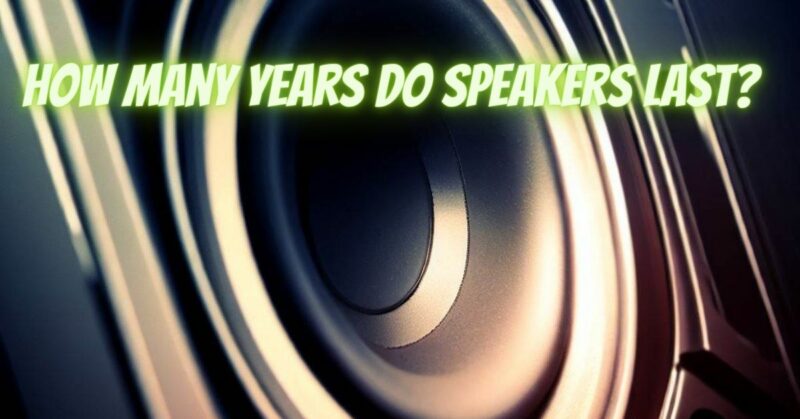Vintage vacuum tubes, often revered as “NOS” (New Old Stock), have been a subject of fascination among audiophiles and musicians for their potential to impart a unique and desirable sonic character. Many enthusiasts believe that vintage tubes offer superior sound quality compared to modern production tubes. In this article, we will explore the debate surrounding vintage tubes, the factors that influence their sound, and whether they genuinely sound better than their modern counterparts.
The Appeal of Vintage Tubes
- Nostalgia and Heritage:
Vintage tubes evoke a sense of nostalgia and authenticity. Audiophiles and musicians appreciate the historical significance of these tubes, as they were often used in classic amplifiers and audio equipment.
- Unique Sonic Characteristics:
Some vintage tubes have distinct sonic characteristics that enthusiasts find appealing. These characteristics may include warm, smooth, or slightly distorted tones that contribute to a vintage sound signature.
- Collectibility:
Vintage tubes, especially rare and sought-after models, have become collector’s items. Collectors are drawn to the allure of owning a piece of audio history.
The Reality of Vintage Tubes
While vintage tubes possess historical value and unique traits, the notion that they inherently sound better than modern tubes requires critical examination:
- Variability: Vintage tubes can exhibit significant variability in sound quality due to variations in manufacturing quality, age, and usage history. Not all vintage tubes are guaranteed to sound exceptional.
- Aging and Degradation:
Over time, vintage tubes may deteriorate or wear out. Factors such as cathode poisoning, gas leaks, or microphonic behavior can affect their performance and longevity.
- Limited Availability:
Vintage tubes, especially rare ones, can be challenging to find, and their prices can be exorbitant. This scarcity can make it impractical for many enthusiasts to obtain and maintain vintage tube stocks.
- Inconsistent Supply:
Vintage tubes are no longer in production, leading to inconsistent availability. When a favorite vintage tube runs out, finding replacements can be problematic.
Modern Tubes: A Viable Alternative
Modern production tubes have come a long way in terms of quality and consistency. Several reputable manufacturers produce tubes that can match or even surpass the performance of vintage counterparts. Advancements in materials and manufacturing processes have contributed to this improvement.
Considerations for Tube Selection
When deciding between vintage and modern tubes, consider the following:
- Tonal Goals: Define your tonal preferences and the sound characteristics you desire. Some modern tubes are designed to emulate the warmth and character of vintage tubes.
- Budget: Vintage tubes can be expensive, while modern tubes often offer a cost-effective alternative.
- Reliability: Modern tubes are typically more reliable due to tighter quality control and consistent manufacturing processes.
- Availability: Ensure that the tubes you select are readily available for replacement or backup.
The belief that vintage tubes inherently sound better than modern tubes is a complex and subjective matter. While vintage tubes possess historical significance and unique characteristics, modern tubes have made significant strides in terms of consistency and reliability. Ultimately, the choice between vintage and modern tubes should be based on your tonal preferences, budget, and practical considerations. A well-informed decision will help you achieve the sonic qualities you desire, whether you’re an audiophile, musician, or tube amplifier enthusiast.


